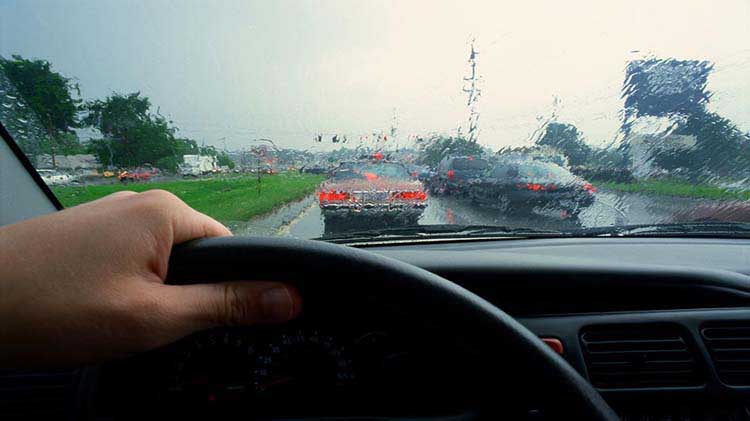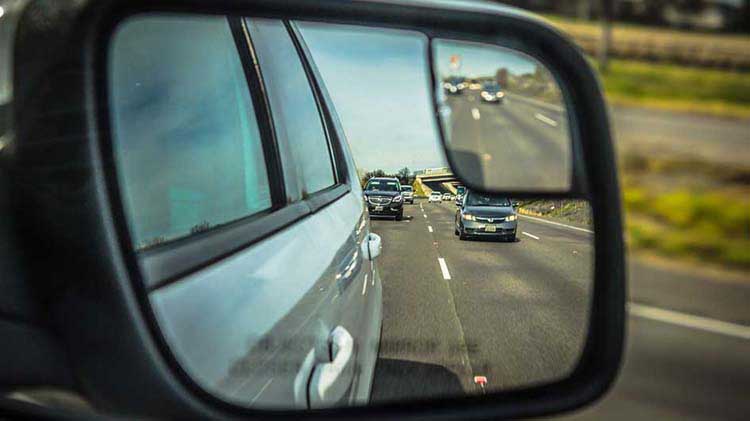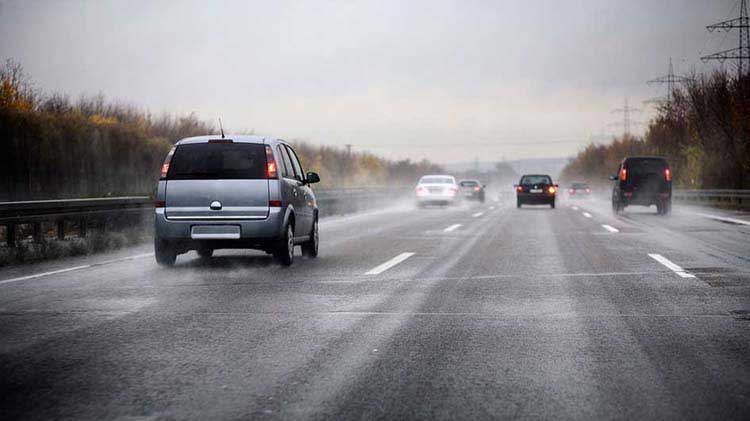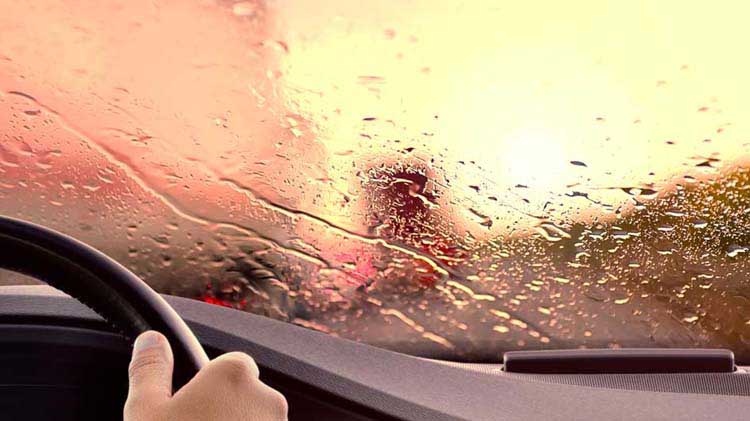Tips for driving safely in the rain
Being behind the wheel of a rain-splattered windshield doesn't have to be stressful.
According to the U.S. Department of Transportation, there are nearly 1,235,000 automobile accidents each year related to weather. A majority of those accidents happen during rainfall (46%) and when the pavement is wet (70%).
Being behind the wheel with a rain-splattered windshield doesn't have to be an agitating, scary experience. The first step is to check your windshield wipers and replace them when streaking occurs. And while many of these other safety tips might seem like common sense, it's always good to run through a mental checklist when driving in the rain.
Stay alert
Stay alert. Stay focused. Pay attention to what is going on around you when weather conditions aren't ideal.
Be extra cautious with merging lanes. Motorists should drive defensively, check around their vehicle and in blind spots then take precautions when passing vehicles to prevent merging collisions.
Increase your visibility by turning on your headlights
It's the law. All states require headlights to be on in bad weather when visibility is low. Many states also require that when the windshield wipers are on due to bad weather, the headlights must also be on.
Beware of hydroplaning
When excess water sits on top of the road, tires can lose traction and hydroplane causing your vehicle to slide uncontrollably. It doesn't take much – driving 35 miles per hour or faster with as little as one-twelfth of an inch of rain on the road makes any type of car, SUV, truck or four-wheel drive at risk for hydroplaning. Tires that have more wear also increase this risk so be sure to check your tires' tread depth regularly.
As soon as it starts raining, slow down. If you start to hydroplane you need to slow down even more. Begin by taking your foot off the gas pedal to allow the vehicle to slow down. Then slowly begin steering in the direction you are hydroplaning until you have control. Seems contradictory, but this actually helps your tires to realign with your vehicle – so they are both going the same direction. All steering needs to be slow. Don't jerk the wheel or you could flip your car due to overcorrecting. Consider taking a driving course through your local Department of Motor Vehicles to learn how to drive safer on wet roads and better avoid hydroplaning. Check your local driving schools, too, to see if they offer safe driving courses.
Slow down and turn off cruise control
Wet roads can be the most difficult to drive on. The grease and oil from cars produces a film on roads during dry conditions and when it rains, this layer becomes extremely slippery. Drive defensively in the rain and reduce your speed to below the speed limit to prevent the chance of hydroplaning. Add more car lengths between you and the car in front of you.
The cruise control should never be used during the rain. If you begin hydroplaning while the cruise control is on, you will actually be going faster. It could take a second or two for the cruise control function to disengage allowing you to take control of your vehicle and slow down. Those seconds could be critical.
Brake cautiously
One primary reason cars collide during rainstorms is because drivers slam on their brakes as if the roads were dry. The wet road causes the car to slide forward, often into the rear of another car. Brake gently and early to alert the driver behind you that you are slowing down.
Avoid the splash
The big splash you get when you drive through a huge puddle can be costly. If water enters the engine compartment of your vehicle, it can damage the internal systems. Drive around large puddles and avoid running water. Once you have safely passed, tap lightly on your brake pedal to dry off your brake rotors.
If there is a middle lane, drive in it to help increase visibility and avoid deep water that might develop when rain runs off the sides of the road.
Driving in rain at night
Driving at night in the rain can be especially dangerous because of the glare of oncoming traffic amplified by the rain on your windshield. To help reduce glare, you can dim your dashboard lights, avoid looking directly at oncoming headlights and clean both the inside and outside of your windshield. Be sure to use the ventilation system to help with the fog that might form on the inside of your windows.
Extra precautions might help ease the anxiety associated with driving in the rain, making it safer for everyone. If a crash does happen, make sure you know the steps to take after a crash.




